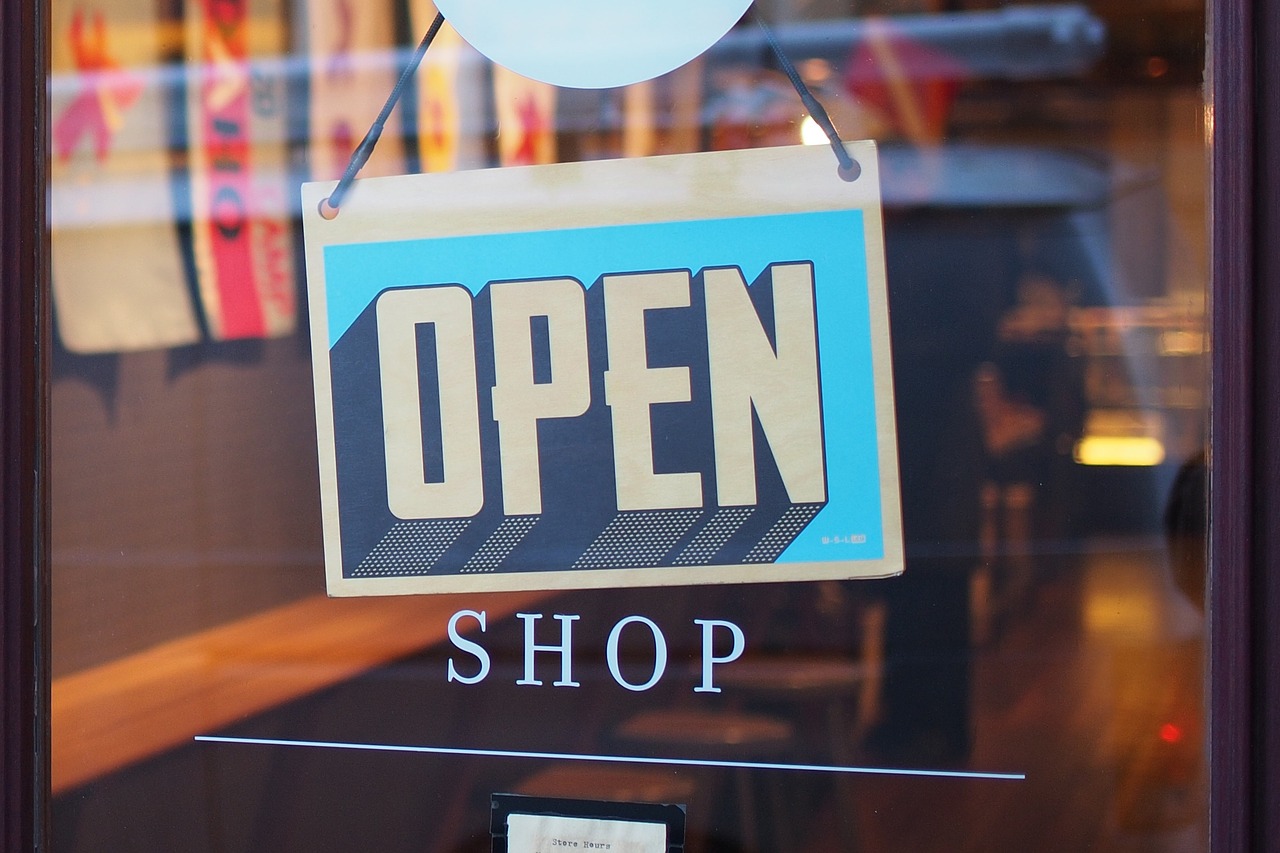The current digital revolution is changing every aspect of our daily lives, including the way we shop.
The Retail world is one of the sectors most affected by the spread of new technologies, in a process which started in the 1950s with the use of the first barcodes.
This innovation enabled the creation of Retail 2.0, dominated by the establishment of department stores and hypermarkets. The arrival of the Internet in the 1990s saw the beginnings of e-commerce and with it the creation of Retail 3.0.
Retail 4.0
Technological developments in this sector have happened so fast that we are already talking about Retail 4.0 or Digital Retailing: an industry dominated by the introduction of omni-channel commerce and the need to provide a new way for consumers to relate to products.
In fact, we now tend to buy online but still want to examine the product in store. At the same time, we might make the purchase on the Internet but then collect the item from the shop.For this reason, we are seeing stores emerging where nothing can be actually purchased, but where customers can touch and try out products prior to buying them online.These solutions meet the needs of all those consumers who want to see and try a product before buying it, and also help reduce the high cost of managing returned goods.
This new development in Retail involves changing all the four stages that typify the shopping experience: decision-making, purchase, payment and post-purchase.
How the Decision-Making Process will Change
The decision-making process prior to purchase has been strongly influenced by the advent of new technologies, mainly thanks to the mobile phone.
Indeed, the smartphone provides the best means of collecting information about consumer preferences and buying patterns. At the same time, it has become the consumer’s favourite way to purchase. It saves time, because you do not have to physically go to the shop and queue at the cash desk, and also money. Special offers are more commonly available online and are often tailored to the preferences of the individual consumer.
Many shops are therefore moving in this direction, developing apps and creating advertising campaigns to increase their presence on social networks.
The aim is to communicate their Brand Identity and to ensure a memorable Customer Experience which is capable of influencing the consumer’s decision-making processes and also customised to meet his needs and tastes.
This is why it is important to adopt technologies that allow stores to monitor customers’ decision-making processes, and to invest in solutions that enable a study of their behaviour.
So what are the main technologies used by the Retail world during the pre-sales phase?
Proximity Marketing and Customisation
Nowadays, anyone walking down the street probably has one – or even two – smartphones in his pocket.
Many companies are taking advantage of this widespread use of mobile devices to enable proximity marketing initiatives.
One of the most commonly used proximity marketing techniques is based on Beacon technology, allowing devices to transmit and receive brief messages over short distances via Bluetooth. The Beacon device sends messages containing the information, which you can then receive through a special app installed on your mobile device.
The technique has incredible potential both for the customer and the seller.
For the former, the benefits start even before entering the shop. As you approach it, you will receive flyers and promotional messages on your device, as well as precise directions to the store. Then once you are walking around inside the store, you can receive offers and further details about the product closest to where you are.
The advantage for the store is to be able to accumulate a lot of data, which leads to an understanding of how the customer makes his purchase, how he moves around inside the store, and how he makes decisions prior to purchase.
In addition, sending out promotional messages based on previously collected data helps to establish customer loyalty and so encourages the customer to buy a product or service.
The use of proximity marketing therefore allows the store to further customise the customer’s experience by emailing him targeted offers with push notifications or coupons.
A better Customer Experience
There are also other solutions that can be used in-store, and which play an important role both in improving the Customer Experience and in supporting the sales force, such as tablets to confirm the presence of a particular product in store.
For the customer, there are various solutions being developed such as the virtual dressing room, which allows you to try on items virtually, either at home or in-store; or there’s the interactive shop-window, equipped with touch screen technology that lets you view products even before entering the store.
The use of multimedia totems is also becoming increasingly widespread. These allow you to browse through the catalogue while in the store, to obtain more information about products and services, to check for availability or to buy online.
However, other means are being used as well as advanced technologies.
Many stores are placing an increasing focus on an engaging Customer Experience, with interesting temporary installations or the use of large screens to immerse consumers in the Brand.
This Brand immersion can be further increased by the use of solutions involving Augmented and Virtual Reality.
Out-of-store solutions have also been developed to support the customer, with Chatbots become increasingly popular in the last year. These offer assistance all day, every day, providing the answers to simple problems. They also generally help to improve the Customer Experience, encouraging the consumer towards the Brand and to a final decision to purchase.
All these technologies play a vital role in developing Retail excellence.
But in order to develop and integrate them properly, you need to have a Data Driven Strategy, and an infrastructure able to store and analyse all the accumulated data and translate it into useful information.
Sources: Pixabay


